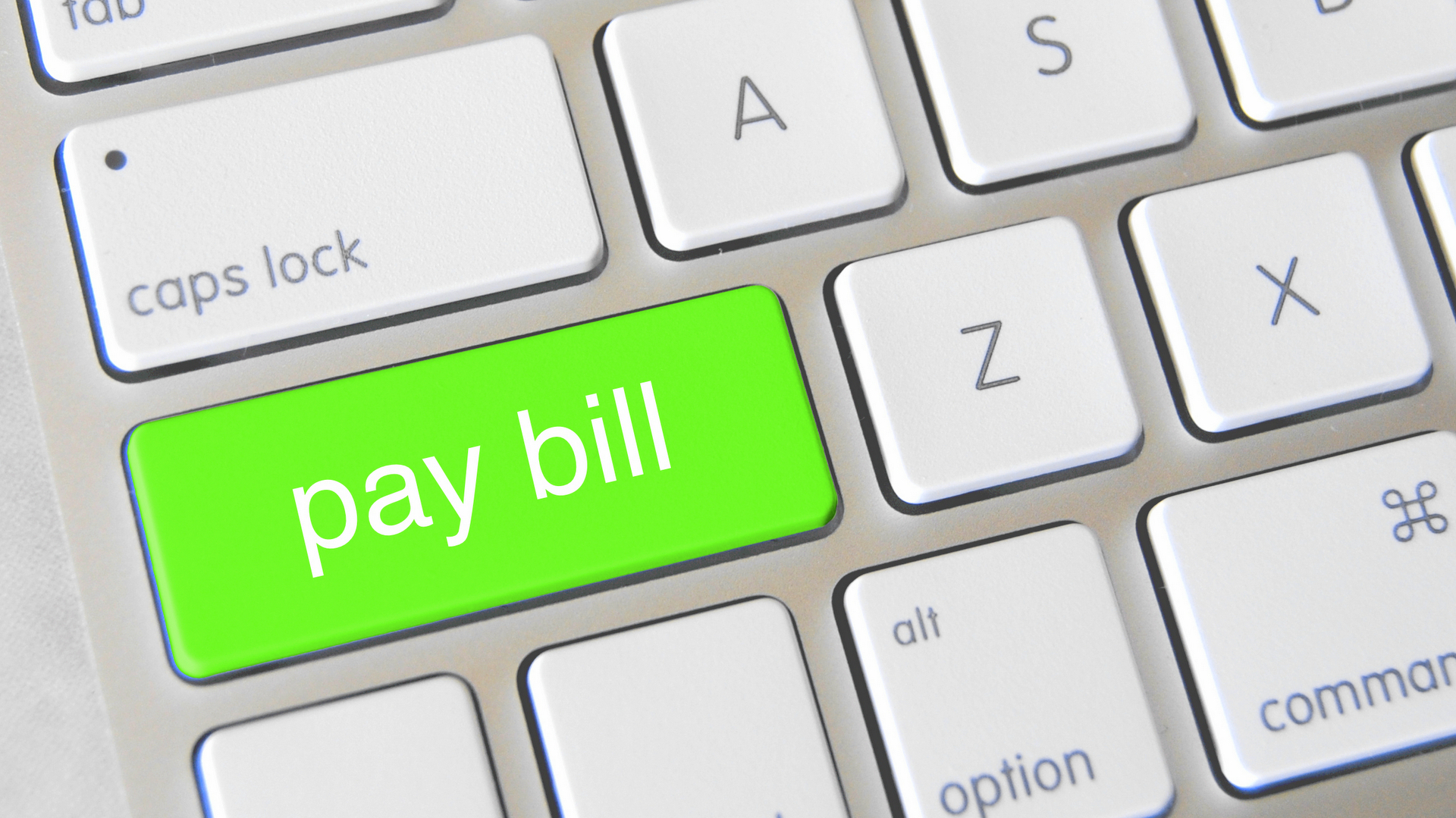Billing becomes a herculean task when you provide goods and also backup with services, but a great deal of careful planning can solve the riddle for you.
THERE are business models that are challenging, especially for entrepreneurs. There are several business models but three are particularly common. One of which is the Model for production or preparation of goods, the other is for service delivery. However, there is a common third, a combination of providing and preparing goods as well as offering services. This model creates challenges such as whether we should bill our customers separately for the goods and separately for the service or should we bundle them together? Some other challenges are: how transparent we should be with our customers concerning our pricing methods and how should they be handled in such cases. We will deal with some of the issues that come up with regards to our pricing which is the key ingredient in business. The issues that will be covered are not exhaustive.
We will use a familiar example that most can relate to and we will use this as a basis for our individual business. The choice is that of a caterer. It is a clear example of a business that provides goods (the meal) and services (the preparation and serving of the meal). In this example, determining the value of the end product can be challenging, however, it is important that it is carefully considered, valued correctly and communicated clearly.
Some questions to ask oneself as an enterprise owner are as follows:
- What is it that I am offering and to who?
- What is it costing me?
- How can I transparently communicate the value to my customers or consumers?
Still using the case of a caterer, if a meal is charged at a certain amount per plate for breakfast, how will the above questions apply?
The meal should be described in great detail and comprehensively. The consumer should be identified as clearly as possible i.e. for breakfast, clearly state its content and context. A cup of tea with sugar and milk, an adult size portion of ham and cheese egg omelettes (2 eggs) and a freshly baked bread roll with a portion of butter and jam.
The next question to be dealt with is; what is the cost of providing the offering. This can be broken down into many sub- divisions such as raw material consumables services and salaries, equipment, utilities, time costs, costs of funds and inflation, losses, damages, breakages and replacement.
Raw materials:
Eggs, condiments, seasoning, vegetable oil, tea, milk and sugar.
Consumables: serviette, ketchup, toothpick. Services and salaries: catering staff; cooks and kitchen assistants, purchasing staff, drivers, servers and other support staff for administration and cleaning.
Equipment: kitchen facility and equipment; office equipment, generators, fridges etc.
Costs: water cost, borehole cost and maintenance and waste disposal and telecommunication costs.
Time cost
The cost of funds, inflation.
Losses, damages and breakages and replacement costs
How to communicate these to your customers
- Without prejudice let your customers know you are not out to cheat them, neither do you want to cheat yourself and the business.
- Always have proof of your claims, i.e. copies of receipted purchases or bills to show your transparency.
- Have alternatives of upward and downward reviews of the menu, services etc. for example, varying categories of menu, options of smaller portions, lower numbers of persons to be catered for, higher numbers of persons to be catered for that will attract discounts due to economies of scale or even economies of scope where some services will be reduced i.e. less number of waiters for the event.
- Itemise your costing and break it down to protect your value. For example, the food, the services, rentals of crockery and business and service costs should be separate so should the food not get eaten or returned in a worst case .scenario, your customer will be liable to settle the service cost and business cost incurred.
- Prepare for and plan carefully before meetings with clients, have your menu on hand cost, have alternatives, have actual costs on hand, you will meet interrogators who will want to get down to items costs.
- Be calm, agree on what is to be discussed before the meeting starts. It will help you keep your meeting controlled. Stick to the agenda.
- Don’t be drawn into areas outside the agenda and any information you do not have, implore that they let you get back to them on it and don’t let them commit you to uncertainties
- Close the meeting by itemising what you have agreed upon, things you need to get back to them on, an agreed time for your next meeting, when and how funds will be disbursed, exchange contact details and names of key contact persons.
- Follow up the meeting with a thank you letter and a report reiterating and confirming the above.
- Do go beyond the expectation of clients, if possible arrive earlier than they expect and plan a little surprise, for example, a caterer can arrive with a vase of fresh flowers. This will impress them more than you can imagine.

